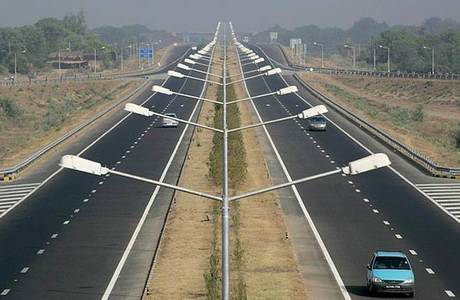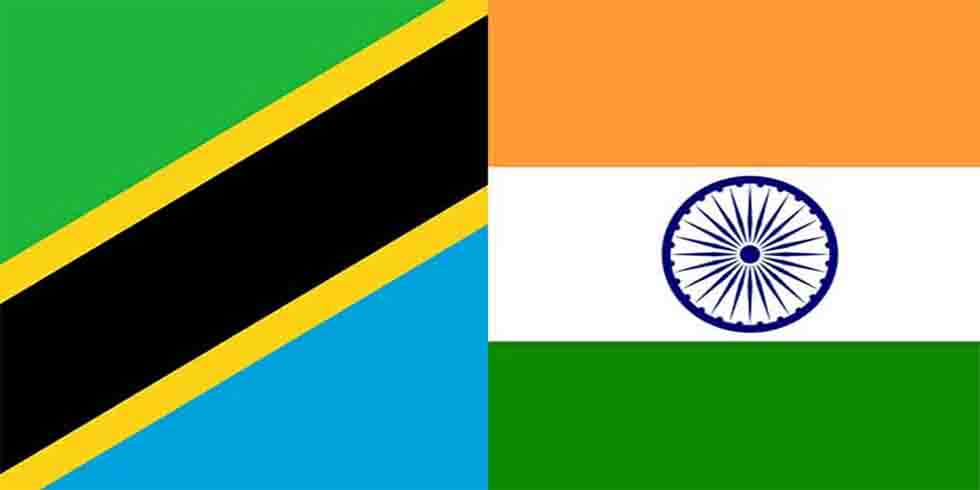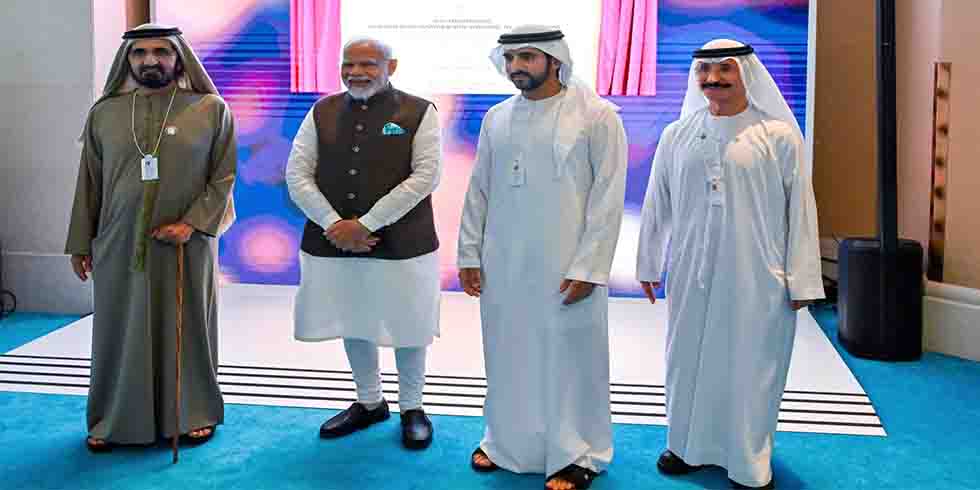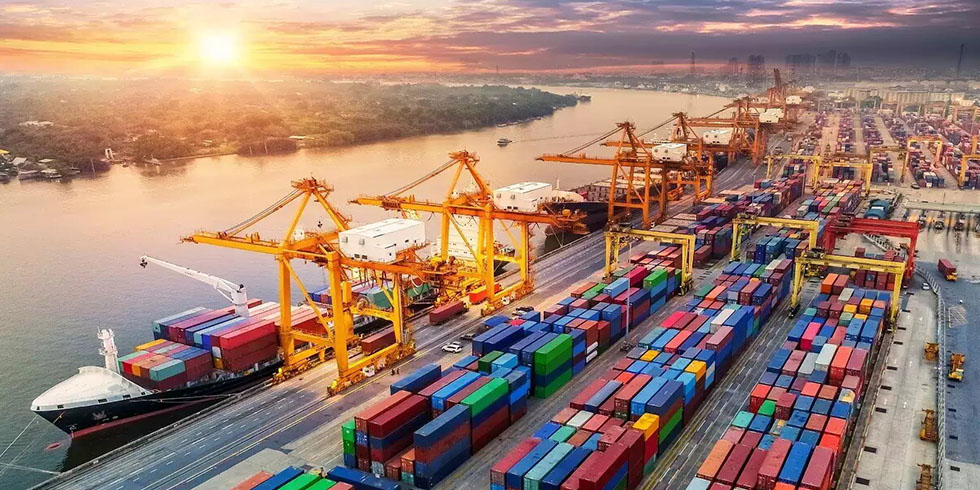India may become a power surplus country in the current fiscal as the energy shortage and peak power deficit was already less than 1% in April with many states reporting nil electricity deficit.
According to Central Electricity Authority's latest monthly report for April, the energy shortage in the country is reported at 0.5 per cent during the month compared to 1.4 per cent a year ago.
In April, the energy shortage was as low as 0.1 per cent each in Western, Southern and Eastern region. However the Northeastern region has reported energy shortage of 4.5 per cent. It was 1.5 per cent in the Northern region.
Peak power deficit too has reduced to 0.8 per cent across the country in April this year. It was recorded at 0.1 per cent each in Southern, Eastern and Western regions.
However, the Northeastern region reported a peak power deficit of 2.2 per cent in April. It was 1.8 per cent in Northern region.
As per the Power Ministry data, many states have reported nil energy shortage and peak power deficit in April this year.
These states include Chhattisgarh, Gujarat, Haryana, Karnataka, Madhya Pradesh, Odisha, Punjab, Sikkim and Tripura, West Bengal.
There are other states where energy shortage (ES) and peak power deficit (PPD) has been up to 1 per cent in April. They are: Andhra Pradesh, Delhi, Himachal Pradesh (PPD zero), Jharkhand (PPD zero), Maharashtra, Meghalaya (ES zero), Puducherry, Tamil Nadu, Telangana (ES zero), Uttarakhand (PPD zero).
Uttar Pradesh, where BJP recently won elections with a thumping majority, reported an energy shortage of just 1 per cent in April from 14 per cent level a year ago. Besides, the peak power deficit was down to zero.
According to the load generation balancing report of the Central Electricity Authority for 2017-18, India would become power surplus nation.
One of the focus areas of the Narendra Modi government, construction of highways figures prominently in its overall effort to multiply infrastructure investments. The pace of construction has been growing steadily since the NDA government assumed power in May 2014. Compared with 4,216-km highway construction in 2013-14, the number grew to 4,410 km in 2014-15, 6,061 km in 2016-17 and 8,142 km in 2017-18.
The pace of project awards, however, was slower during the April-May period of the current fiscal compared with the same period last fiscal. While MoRTH and NHAI awarded 376 km and 3 Km highway roads for construction in the first two months of the current fiscal, the two agencies had cumulative awarded 639 Km in the same period last fiscal.
NHAI did not award any project in April this year and awarded just 3-Km projects in May this year. However, in the last two months of the last year, NHAI had awarded 225 Km while MoRTH awarded 382 Km and NHIDCL 32 Km. Unlike in the past, MoRTH or NHAI do not award any highway project now unless 90% of the land is available.
Gadkari had earlier attributed the slow pace of highway construction to problems in land acquisition and utility shifting, non-availability of aggregates, poor performance of contractors and delay in various clearances.
Any project worth below Rs 500 crore is awarded by the highways secretary. The minister has the power to award projects worth up to Rs 1,000 crore and beyond that, the Union Cabinet takes the call. Starting from 2014-15, in the last three years, 7,980 km, 10,098 km and 16,036-km highway projects have been awarded and it generally takes two to two-and-a-half years to complete a highway project. For the current fiscal, the target of awarding highway projects has been kept at 25,000 km – same as the last fiscal.










Add Comment